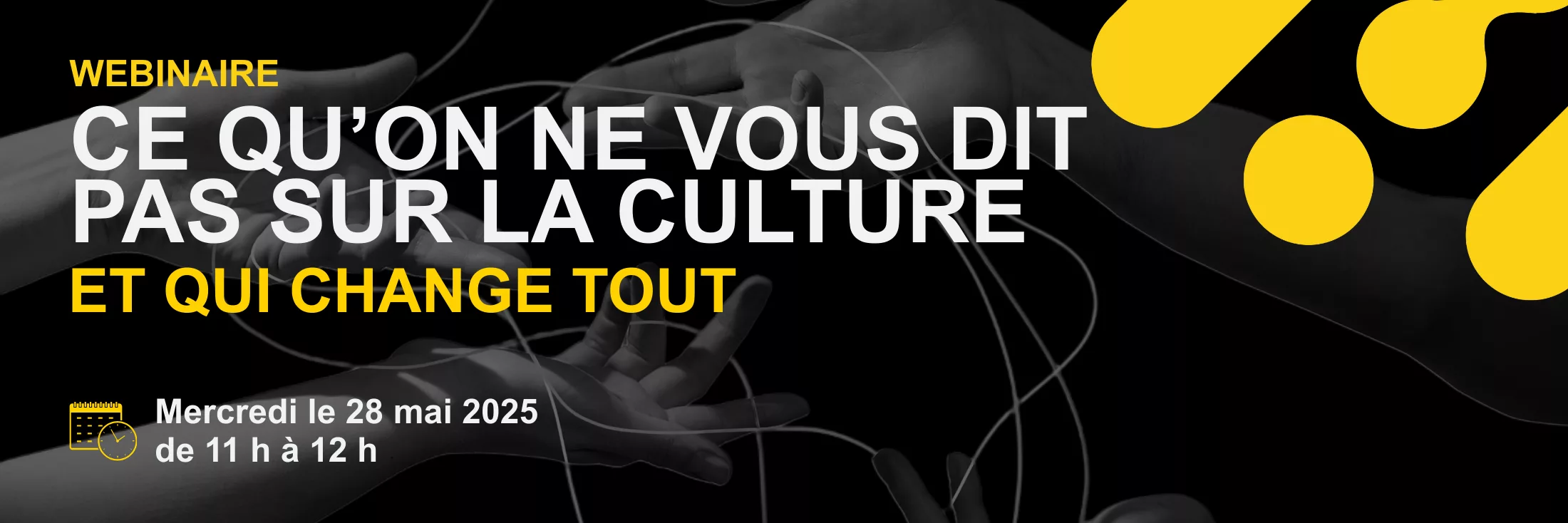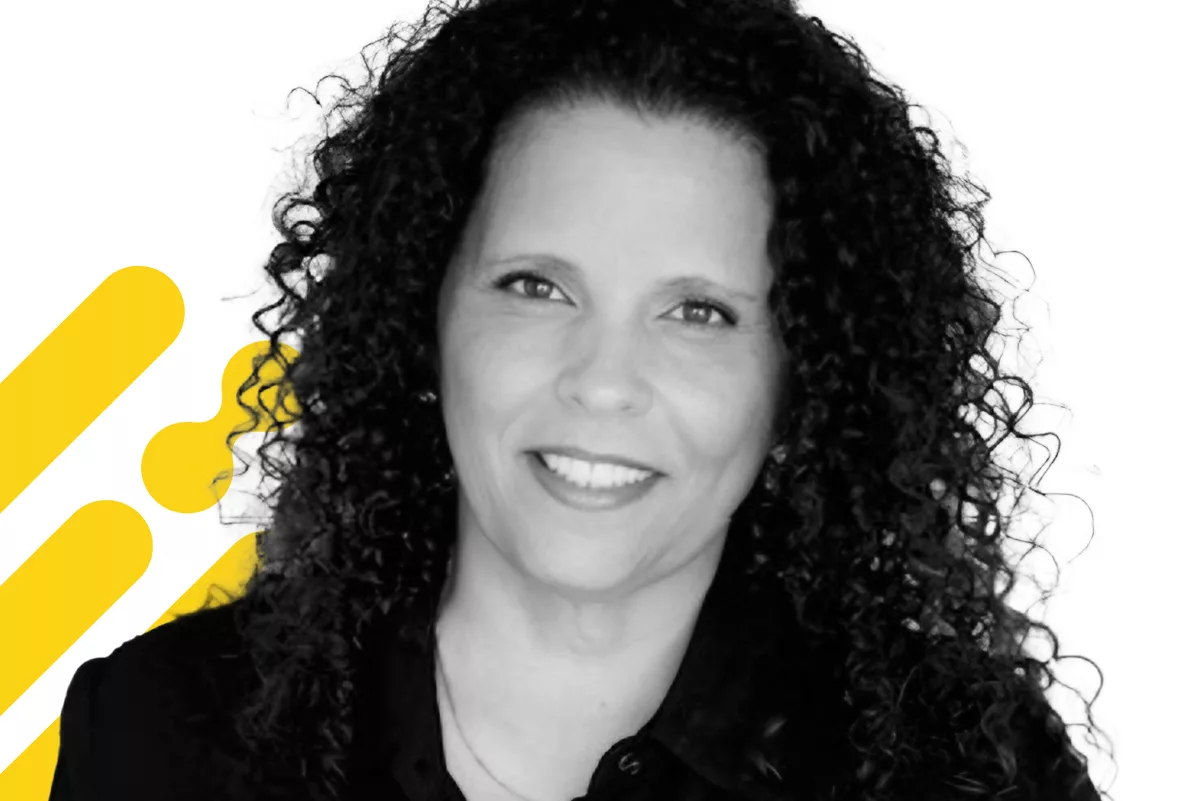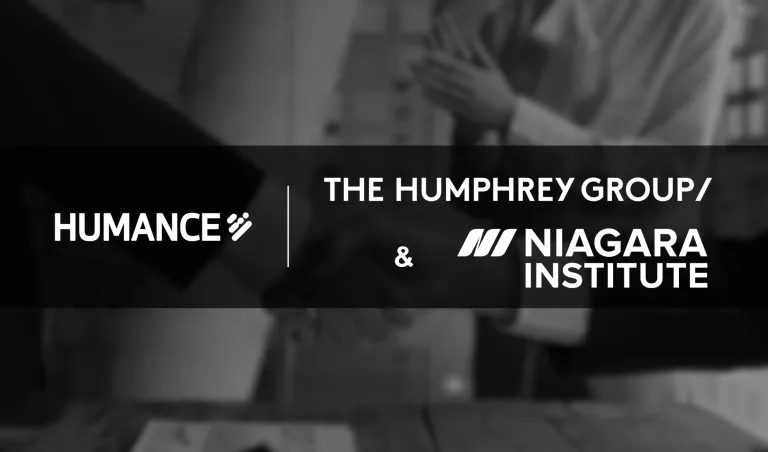Ces derniers mois, les regards se sont tournés vers le sud de notre frontière. Certaines grandes entreprises américaines, influencées par des courants politiques, ont reculé sur leurs engagements en matière d’inclusion. On la dit clivante, récupérée, vidée de son sens, voire en voie de disparition.
Mais ce que nous vivons, ce n’est pas la fin de l’inclusion. C’est la fin de sa version esthétique. L’inclusion ne meurt pas – elle mue. Elle quitte les slogans pour s’ancrer dans les systèmes. Elle cesse d’être un projet périphérique pour devenir une capacité organisationnelle : stratégique, concrète, activable.
L’inclusion comme capacité organisationnelle
Dans un contexte de transformation rapide, de rareté des talents et de complexité croissante, l’inclusion n’est pas un luxe moral. C’est une exigence d’adaptation, un levier d’agilité décisionnelle et une structure d’intelligence collective.
Et si l’on y regarde de plus près, la vaste majorité des entreprises qui font partie du classement Fortune 500 continuent d’en parler. Pas par conformisme, mais par nécessité.
Et ici, au Canada?
Notre contexte historique est différent. Notre charte, notre filet social et notre culture du dialogue sont imparfaits, mais ils s’avèrent structurants. Ils façonnent nos attentes collectives et ce que nous tolérons – ou non – des organisations.
Faire marche arrière sur l’inclusion parce qu’un recul s’observe ailleurs serait une erreur stratégique. Cela reviendrait à désaligner sa culture avec les attentes bien réelles des équipes, de la clientèle, des partenaires et de la société québécoise et canadienne dans son ensemble.
C’est d’autant plus vrai pour les sièges sociaux canadiens, qui portent une responsabilité culturelle élargie. Ce sont eux qui fixent le ton, qui choisissent ce qu’ils veulent incarner, promouvoir ou ignorer, localement et globalement. Dans un écosystème éclaté, ce choix de posture culturelle est non seulement stratégique, il est fondateur.
Avant de reculer d’un pas, demandez-vous ceci
Avant de retirer un mot, de diluer un engagement ou d’annuler une initiative, posez-vous cette question :
« Est-ce cohérent avec ce que nous voulons représenter ici, maintenant, dans notre contexte? »
De l’intention à la structure
Dans les organisations les plus lucides, ce n’est pas un désintérêt pour l’inclusion que l’on voit émerger : c’est un virage. Auparavant considérée comme un message, l’inclusion devient un mécanisme qui structure la participation, éclaire les angles morts, solidifie les décisions et capte les signaux faibles avant qu’ils ne deviennent des crises.
Pensée comme une capacité intégrée, l’inclusion permet à une organisation :
- de se réguler en période de tension,
- d’accélérer l’innovation sans se fragmenter,
- de multiplier les perspectives sans perdre le fil stratégique.
En période de crise, l’inclusion devient un accélérateur
L’inclusion ne distrait pas de la performance. C’est en fait par l’inclusion que la performance devient durable.
Les données du Forum économique mondial et de l’Institut de technologie du Massachusetts (MIT) sont claires : les organisations qui intègrent l’inclusion dans leurs décisions, leurs systèmes de reconnaissance et leurs boucles de rétroaction innovent plus vite, résistent mieux à l’incertitude et mobilisent plus longtemps.
Une culture organisationnelle inclusive, ce n’est pas du confort : c’est un système de protection contre les angles morts, une infrastructure de cohérence.
Ce que cela exige
Il faut sortir de la vision « molle » de l’inclusion. Ce n’est pas un climat : c’est une architecture.
Elle se construit à travers :
- des processus qui redistribuent l’influence réelle,
- des indicateurs qui font parler les zones silencieuses,
- des décisions qui valorisent la différence comme ressource stratégique.
Cela demande du courage et impose de revoir qui a accès à quoi, qui peut parler sans que des coûts soient impliqués et qui définit les normes.
Le vrai tournant
Ce n’est pas l’inclusion qui fatigue, c’est sa version édulcorée.
Le vrai tournant, c’est de la replacer au cœur des structures, là où elle transforme réellement le pouvoir, les décisions et la participation :
- en montrant ce qu’elle transforme dans la culture organisationnelle,
- en prouvant ce qu’elle améliore dans la performance,
- en structurant ce qu’elle permet dans les décisions collectives.
Et maintenant?
Chez Humance, nous ne traitons pas l’inclusion comme une intention floue. Nous l’abordons comme un levier de performance collective, intégré à notre modèle d’alignement culturel.
Parce que nous croyons que l’inclusion, bien conçue, ce n’est pas un coût. C’est le nouveau langage de la performance.
L’inclusion n’a pas dit son dernier mot. Elle change de langage.




